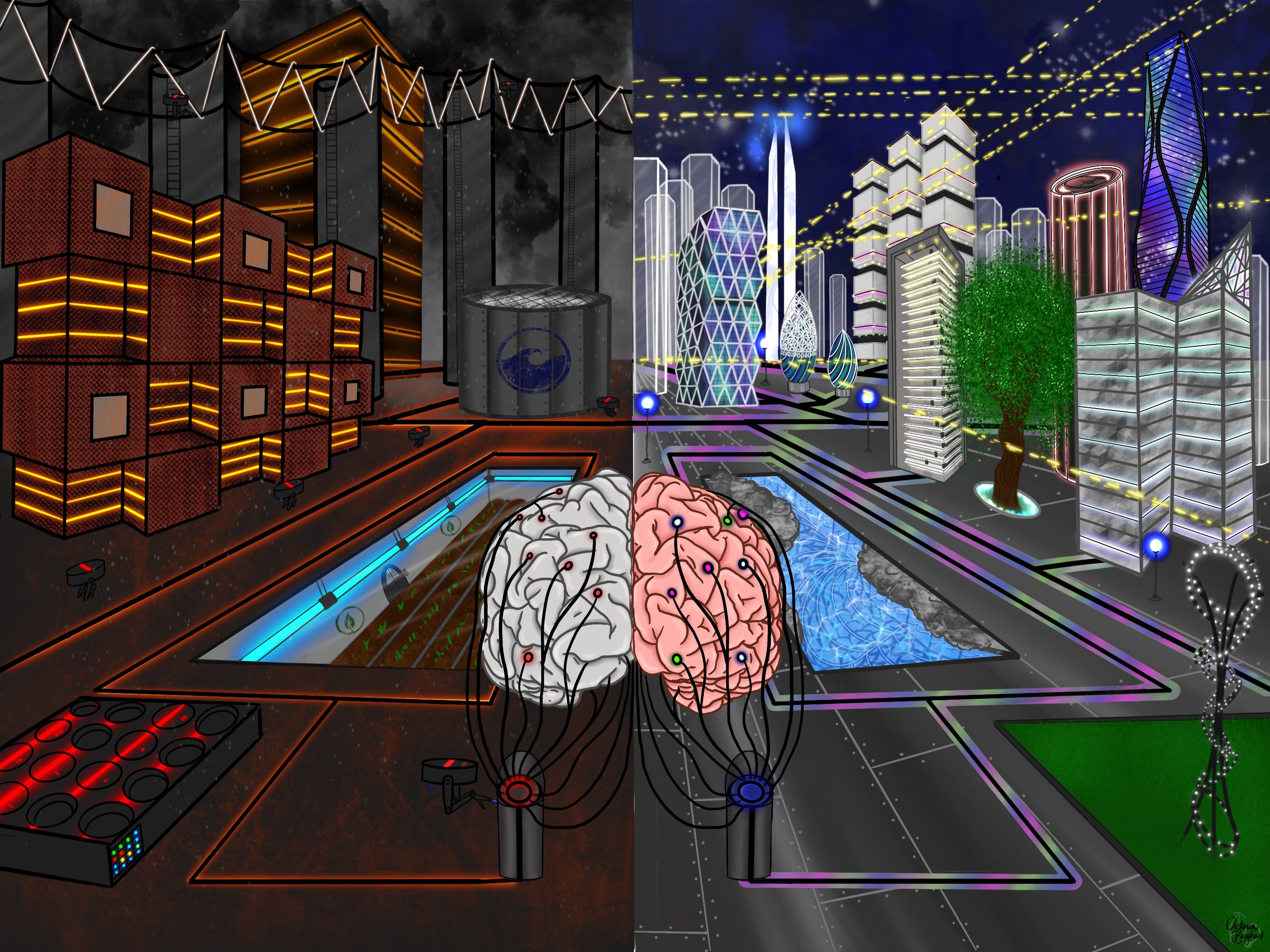IS ELON MUSKS NEURALINK A SCIENCE FICTION HORROR SHOW OR THE SALVATION OF HUMANITY?

One of the more controversial components of the Neuralink presentation was Musk\u2019s inclusion of his beliefs about the future of humanity and artificial intelligence. During the press release he stated one of his goals was to create the ability to achieve a \u201cfull symbiosis with artificial intelligence,\u201d essentially removing the \u201cexistential threat of AI\u201d which he believes will one day \u201cleave us behind\u201d (Neuralink, 2019). This goal has been met with a bit more skepticism, especially by the national media, than the medical applications of Neuralink\u2019s BMI. Forbes describes it as \u201ca bit more fantastical\u201d than the company\u2019s primary goal of treating brain disorders (Knapp, 2019). Other publications have been far less kind, such as The Atlantic, which published its coverage of the Neuralink press release with the title: \u201cElon Musk\u2019s Next Wild Promise: If someone is going to revolutionize what it means to be human, do we want it to be a tech titan?\u201d (Mull, 2019). Although the New York Times surmised that \u201cone of the biggest challenges may be for his scientists to match his grand vision,\u201d (Markoff, 2019), it serves as a good example of what most major media outlets have chosen to do: stick to the facts.\xa0\xa0
\xa0
Link to full article with details on up to date research and more: here
Engage in the dialogue on Dr. Puder\u2019s Instagram, Facebook, Twitter
\xa0